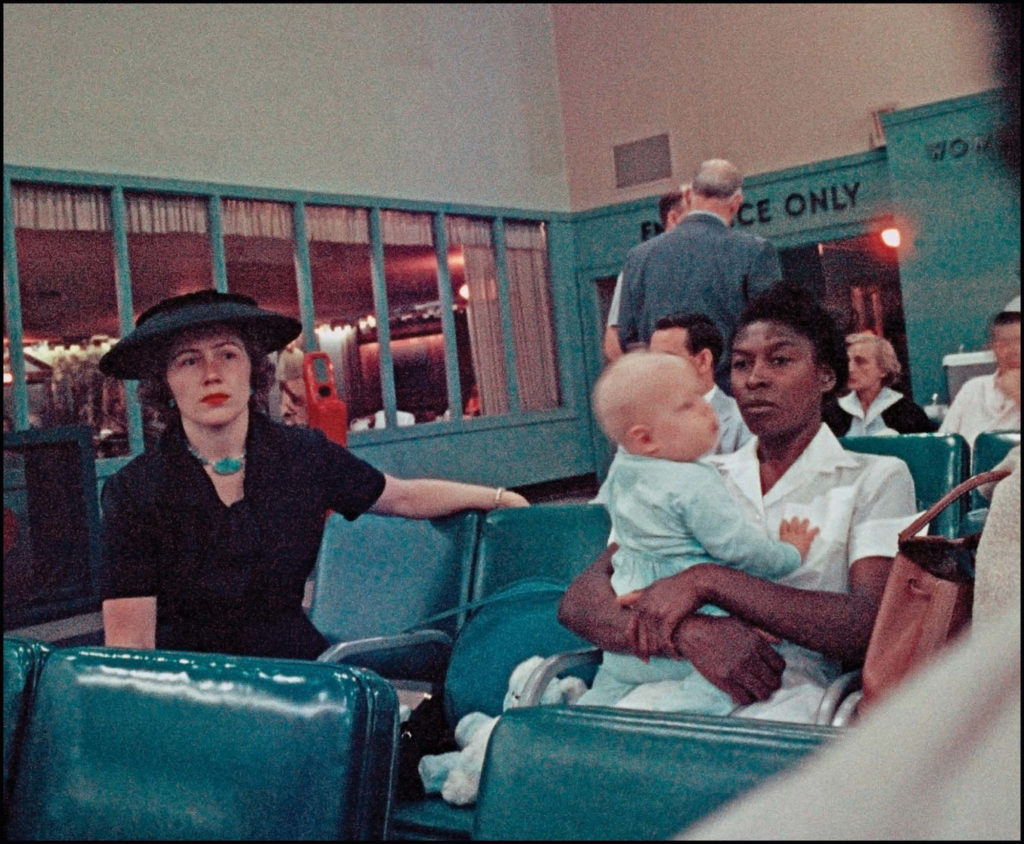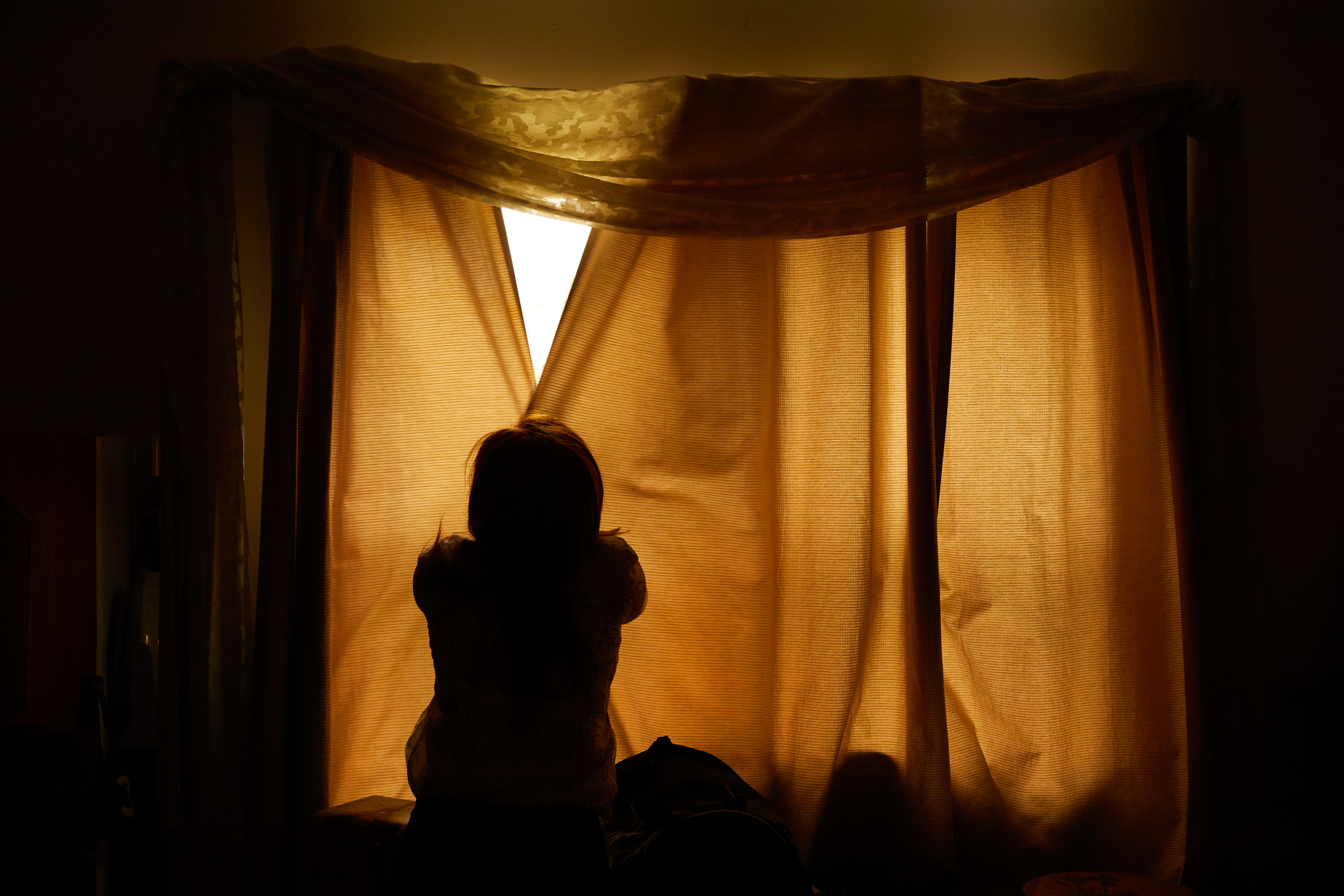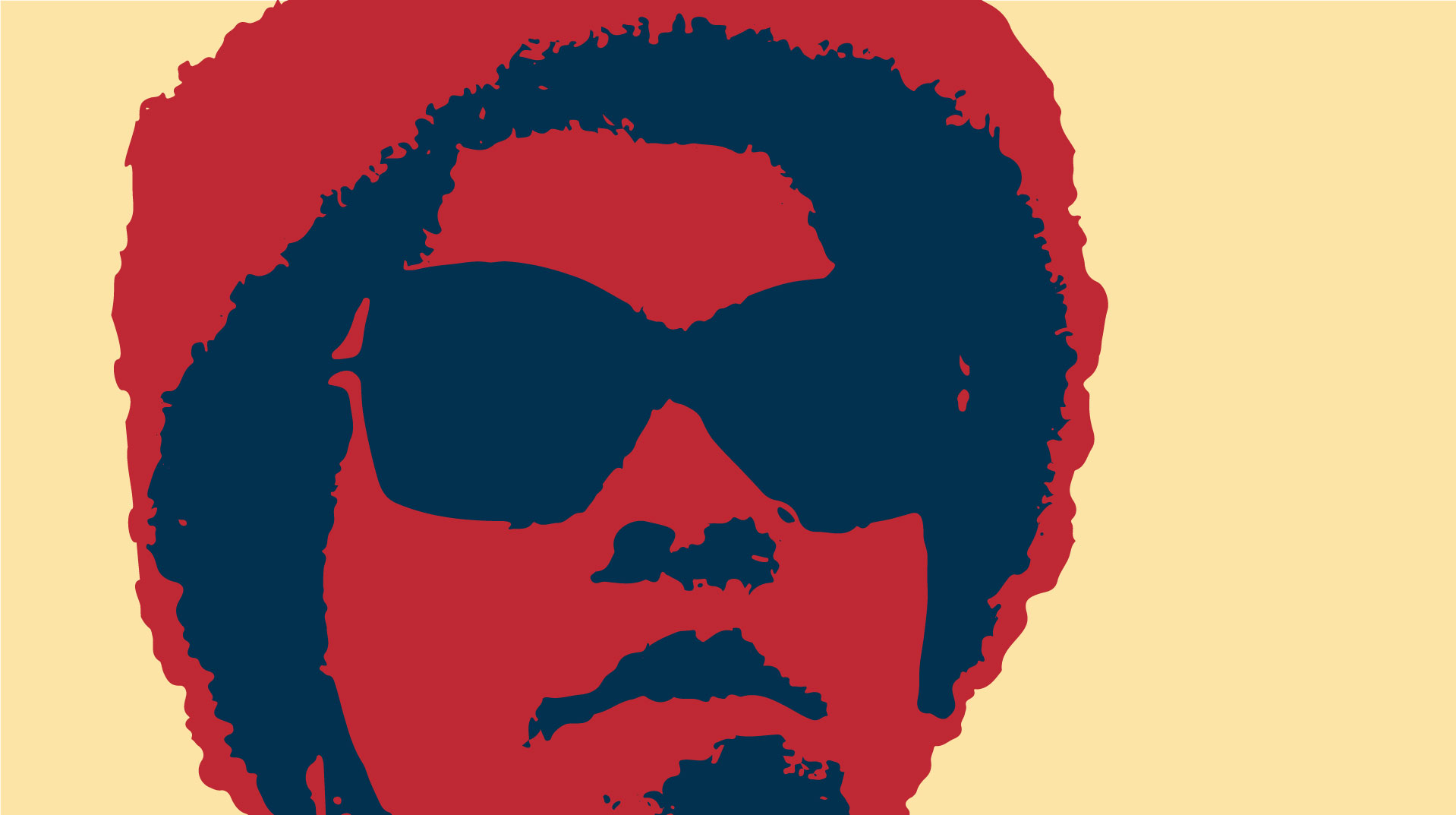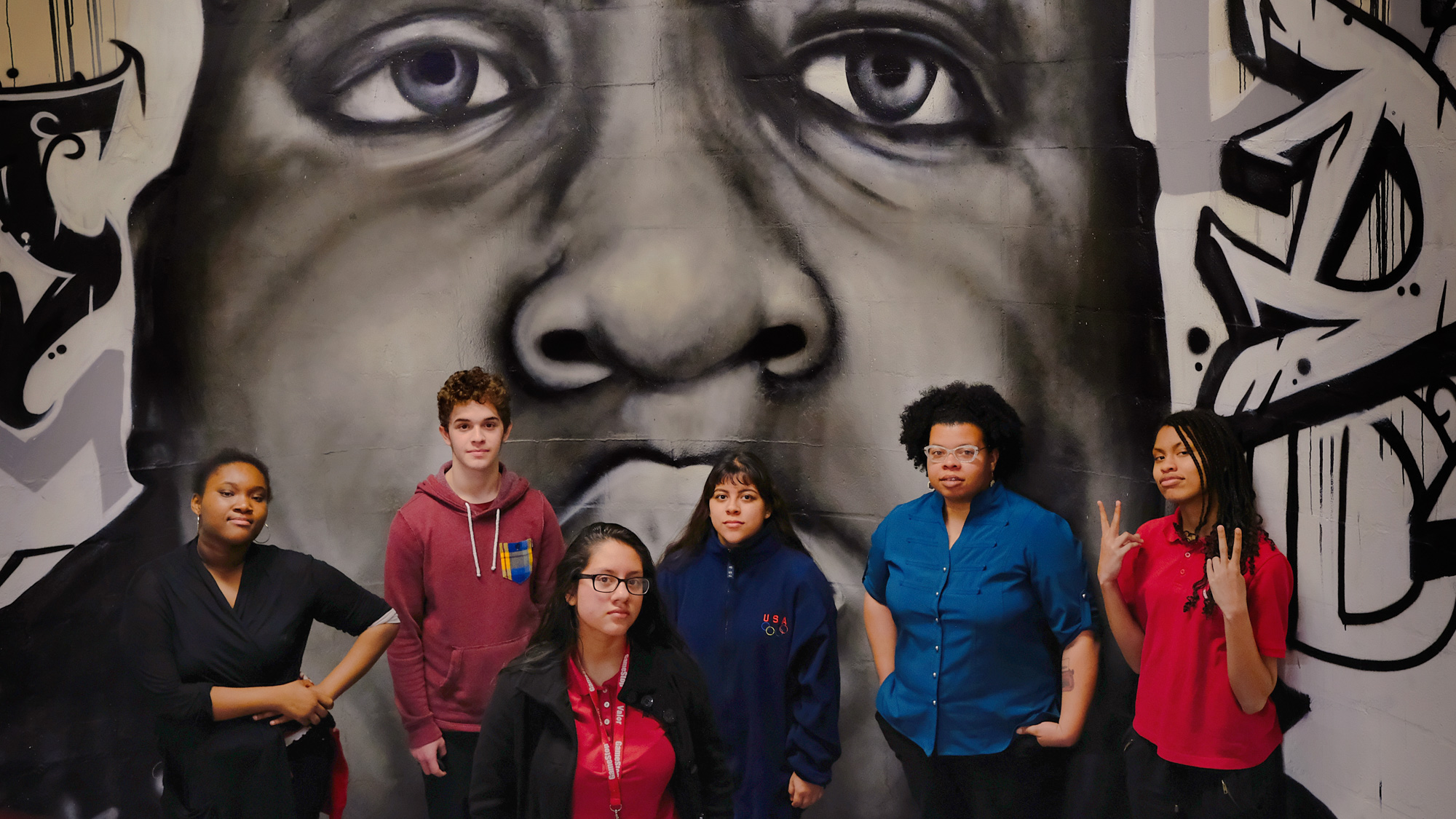In January 2015, The New York Times asked it readers to help the publication uncover the mystery of this Gordon Parks photo.

Not much is known about the picture. It shows two women, in the Atlanta airport. One white. The other, black, presumably her domestic worker, holds a white child. It was taken in the spring of 1956. Other than that, it’s a mystery.
The description above was mine. The Times chose something a little more…sensational.
“The image is striking: A stone-faced African-American woman in a spotless maid’s uniform cradles a white toddler while a stylishly dressed white woman sits nearby.”
Now I don’t know how much history they know over at the Times. (Which is weird since they documented most of it.) But if you understand how Jim Crow worked, you know that airport waiting rooms were segregated spaces. That flying was still a luxury for the wealthy during the 1950s. And that the only way two women, one black, the other white, would be sitting next to each other at a Southern airport is if the black women was the white woman’s employee.
Oh but they are not done.
We don’t know, the author laments, what their relationship is beyond employer/employee. This is true. But the look on the black woman’s face in the picture, if I may join in the conjecture, suggests to me that the answer is…there isn’t one. Why does there have to be a relationship beyond that?
These are not the kinds of questions we would ask of any other form of labor. Why do we expect domestic workers and their employers to be any more than that? It’s a fiction we have been perpetuating through pop culture for decades. And it couldn’t be further from the truth. Just because domestic workers don’t clock in at a factory…just because their work happens in the home…doesn’t mean that it’s anything more than work. There is an intimacy about taking care of children, and I have found that domestic workers do forge strong bonds with the children they care for (at times), but this almost never translates to a relationship with their employers beyond that which is dictated by work and wages.
But wait my friends…there’s more.
“We do know it is an unusual, intimate photo of race relations and economic inequality, subjects as freighted today as they were 60 years ago when the civil rights movement was gaining momentum.”
Um…what?
Unusual? Nope nothing unusual here. In 1956, nearly half of black women were still working as domestic workers. Racism…about as American as apple pie. Par for the course. Economic inequality…sort of a byproduct of capitalism. And some would argue starker now than it was in 1956.
There is nothing extraordinary about the circumstances of the photo. The photo itself is striking from an artistic point of view. Gordon Parks was an amazing photographer. But his interest was in the everyday. There is nothing unusual about this photo. It’s everyday life under the auspices of Jim Crow.
Here is what Parks’ notes say about the photo according to the article:
“This image shows the continuous matter of servitude which extends into the terminal around 2 a.m. Here, a white baby is held by a Negro maid while the baby’s mother checks on reservations, etc. Although the Negro woman serves as nurse-maid for the white woman’s baby, the two would not be allowed to sit and eat a meal together in any Atlanta restaurant.”
Notice how different his description is than the retrospective observations of the New York Times. It is clear to him that the black woman is a nurse maid. And it was the circumstances of her labor that intrigued him. The fact that she could so intimately care for this woman and her family, but that they could not (and probably would not) eat a meal together. The photo exposes Jim Crow as unusual. But in 1956 Atlanta, segregation was mundane.
The article ends with some observations by scholars and art critics. Then they implore readers to help them discover the story behind the photo. A story that they have already invested in. The story of employer and employee, white woman and black woman, symbols of race and class in America.
But symbolism isn’t history. I, too, am curious. I also wonder what that black woman’s name is. Where she lived. If she has a family. But if there is anything I have learned throughout the process of writing history it’s that stories like these inspire more questions than answers. The story between them, the one the Times is looking for, this extraordinary story of Jim Crow and class differences is a fiction. Everything we think we know about domestic labor in the popular imagination is fiction.
If I weren’t 6 weeks away from finishing this dissertation, I’d take up the Times on their challenge. After all I am curious and I do have a pension for finding the unfindable. But for now my scattered musings will remain here. On the cutting room floor.


